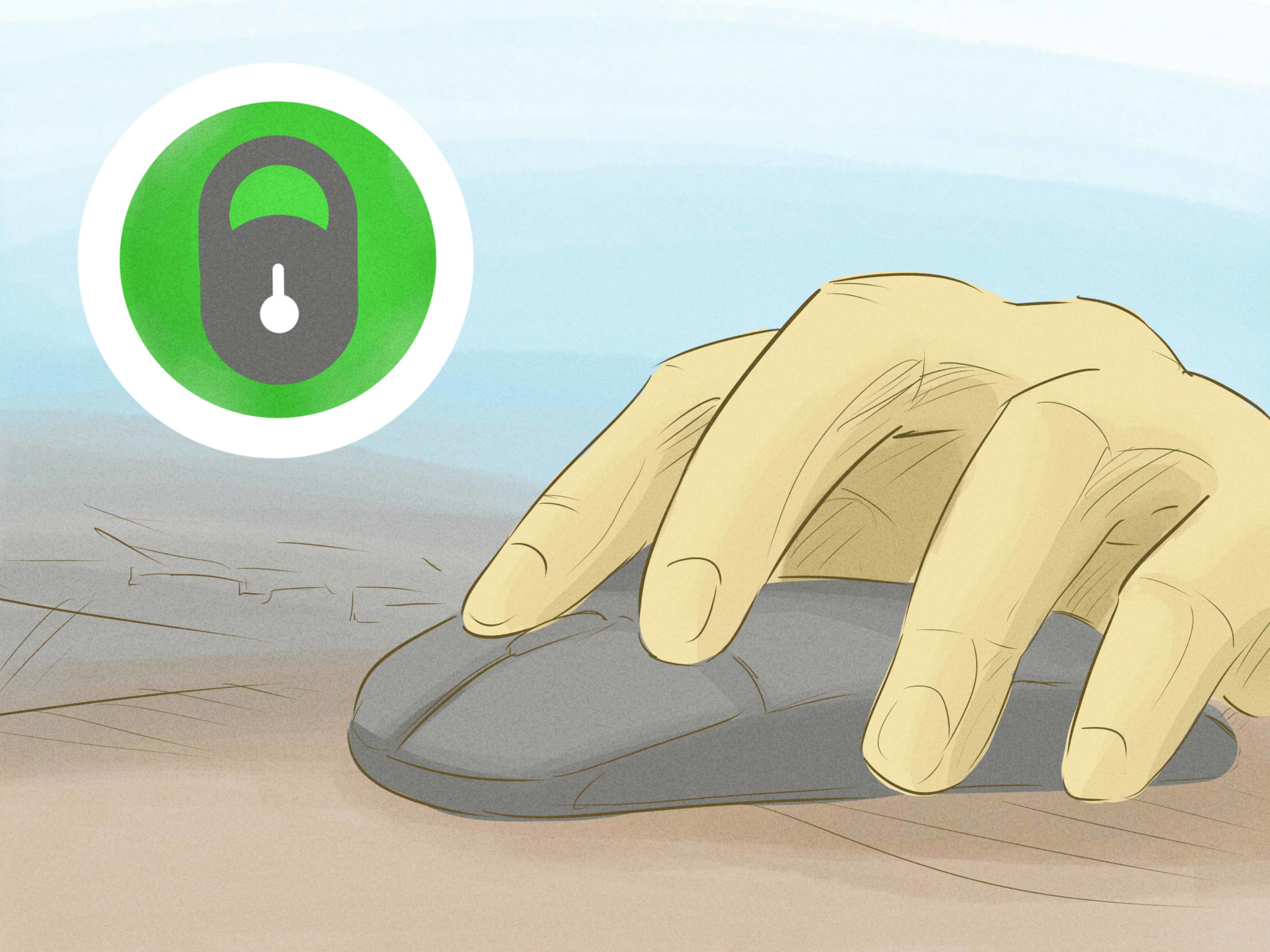- GUARANTEED RESULTS
- 866.990.0050
- info@repairmycredit2day.com
Student Loan Myths Debunked
June 12, 2016Earlier this year, I wrote about how 2016 is still a great time to buy a home, even though the U.S. Federal Reserve raised the interest rate one-quarter of a percent in December 2015 and could possibly raise the rate incrementally again some time this year. When I wrote that article in February, 2016, rates were hovering just shy of 4% for those with good credit which was still historically low, and I concluded that 2016 was still a great year to buy a home.
Mortgage interest rates continue to fall
Well, this past April, Freddie Mac released the results of its Primary Mortgage Market Survey, showing mortgage rates have reached their lowest point since this time 2015.
In fact, the 30-year fixed-rate mortgage (FRM) averaged well under 4% at 3.58% compared with 2015 at this time when the 30-year FRM averaged 3.67%, and is now at its lowest point since 2013, according to Freddie Mac chief economist, Sean Becketti.
If you can afford the higher monthly mortgage payment, or buy a lesser-priced home to where you can afford the monthly payments of a 15-year FRM you can shave more than another half a percentage point off the current 30-year FRM interest rate. The 15-year FRM now stands at 2.86% compared with 2015 at this time when the 15-year FRM averaged 2.94%.
For those looking to buy now and make a move in 5 years, you can snag a low 5-year Treasury-indexed hybrid adjustable-rate mortgage (ARM) which averaged 2.84% compared with 2015 at this time when the 5-year ARM averaged 2.88%. Be careful in considering this type of loan for a home you plan to live in for more than the 5 years because you will likely find yourself refinancing when interest rates could possibly be much higher than they are now for a 30-year FRM.
Should you buy or should you sell?
That all depends on whether home prices have risen or fallen in the last year where you are selling or where you may be thinking of moving.
According to the latest quarterly report by the National Association of Realtors, increases in home prices throughout 2015 and 2016 are holding in most metro areas of the U.S. because of low supply levels.
If you live in one of these metro areas where prices have increased double digits above 10% in the last year, now might be a good time to sell and not the best time to buy, even though interest rates are historically so low. If you have good or excellent credit you may be offered the very lowest mortgage rates possible which may make up for some of the higher pricing (compared to last year) in these areas this year.
- Zip codes with the largest price gains compared to 2015
10420 Akron, OH
19380 Dayton, OH
19660 Deltona-Daytona Beach-Ormond Beach, FL
20500 Durham, NC
22180 Fayetteville, NC
22540 Fond du Lac, WI
23844 Gary-Hammond, IN
28100 Kankakee-Bradley, IL
28420 Kennewick-Richland-Pasco, WA
29460 Lakeland-Winter Haven, FL
36100 Ocala, FL
36740 Orlando, FL
38940 Port St. Lucie, FL
38900 Portland-Vancouver-Beaverton, OR-WA
39460 Punta Gorda, FL
40420 Rockford, IL
41420 Salem, OR
42680 Sebastian-Vero Beach, FL
43300 Sherman-Denison, TX
45300 Tampa-St. Petersburg-Clearwater, FL
45780 Toledo, OH
49660 Youngstown-Warren-Boardman, OH-PA
But if you’re looking to get a better deal (even though inventory might still be tight), check out these cities where prices have declined greater than 1%:
- Zip codes and cities with the largest price declines compared to 2015
12100 Atlantic City, NJ
12700 Barnstable Town, MA
14060 Bloomington-Normal, IL
16300 Cedar Rapids, IA
19060 Cumberland, MD-WV
21500 Erie, PA
24020 Glens Falls, NY
30780 Little Rock-N. Little Rock, AR
35620 New York-Northern New Jersey-Long Island, NY-NJ-PA
35980 Norwich-New London, CT
37460 Panama City, FL
43780 South Bend-Mishawaka, IN
44140 Springfield, MA
45060 Syracuse, NY
45940 Trenton-Ewing, NJ
46140 Tulsa, OK
The national median existing single-family home price in the first quarter was $217,600, up 6.3 percent from the first quarter of 2015 ($204,700).
Looking to buy cheap? Check the five lowest-cost metro areas this year
When the National Association of Realtors economists crunched the numbers, they found, that to purchase a $217,600 single-family home, a buyer making a 5% down payment would need an income of $47,819. But home prices in these metro areas is way below that:
- Cumberland, MD $67,400
- Youngstown-Warren-Boardman, OH, $77,500
- Decatur, ILL., $83,300
- Wichita Falls, TX $95,200
- Rockford, ILL, $95,800.
The better your credit is, the better chances you have of snagging a mortgage loan with the lowest interest rates and fees, bypassing the Federal Housing Administration (FHA) loans with all their extra insurance premiums.
If you’re a borrower with a larger down payment and a higher credit score (700 or higher) you may qualify for a conventional mortgage loan with the lowest interest rates possible, no points and fewer closing costs than someone applying for FHA loans with worse credit. Keep working your credit repair plan.

